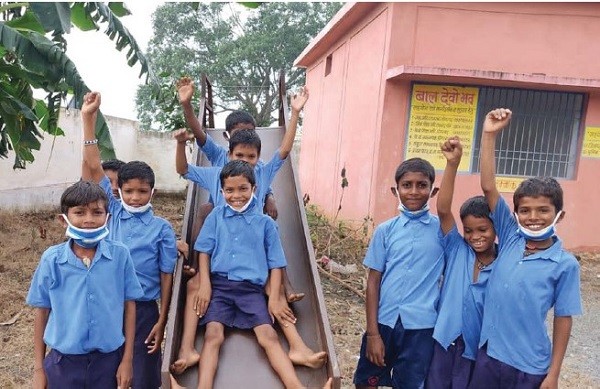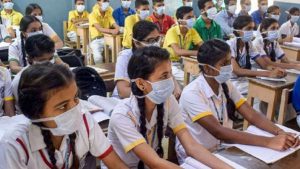
5 January 2022, New Delhi – Before 2022 could get started the Omicron variant of the Coronavirus derailed the rising optimism of November and December. It is an accepted belief among scientists and epidemiologists that new mutations and variants will continue to arrive and spread in the foreseeable future. The temptation is to go on with our business and to ignore what is being described as a mild variant in a vaccination available and ‘more ready’ environment.
However, India too is undergoing an Omicron wave, one we don’t seem to be acknowledging. While official figures suggest that the Omicron cases are less than 2% of India’s total Covid-19 cases, this is likely a massive underestimate. While the official number of Omicron cases in India is estimated to be nearly 1,500, several days ago, in reality, it could be more than ten times that – as high as 18,000. The numbers in this third Covid-19 wave are rising exponentially as reported by an NDTV report based on research by Meher Pandey and Saurabh Gupta. It warns that a major health crisis, not unlike the second wave in April and May 2021 could hit India very soon and that the Omicron is now the dominant variant in India. The third wave is projected to peak in the first week of February.
When the pandemic began to spread in early 2020, the United Nations (UN) warned that the outbreak may cause economic losses in the next two years, pushing millions of people into extreme poverty. The longer this crisis persists, the more detrimental it will be to the economy, especially emerging economies and within those to the poorest who have least resources to cushion their unemployment or livelihoods.
Many sectors of the Indian economy have suffered negative consequences, but the Covid-19 disaster has particularly hit the education sector hard. As the pandemic seemed to be ending, the Government urged pupils to take exams, and for schools to resume, but with the newest variant now spreading, their parents refused to let them. Parents and students are again demanding exam cancellations and online education resuming.
Indian education can’t go on, online!

photo indiatvnews
With the economy staggering back to recovery India’s education system that is already fragile, is in for another setback. Protiva Kundu points out in her excellent article, Indian education can’t go online that only 8% of homes with young members have a computer with a net link. She writes, “The Covid-19 pandemic has exposed how rooted structural imbalances are between rural and urban, male and female, rich and poor, even in the digital world.”
She adds, “Access to electricity is crucial for digital education, both for powering devices as well as for connecting to the internet. Mission Antyodaya, a nationwide survey of villages conducted by the Ministry of Rural Development in 2017-18, showed that 16% of India’s households received one to eight hours of electricity daily, 33% received 9-12 hours, and only 47% received more than 12 hours a day.”
While government schools have shown their strength in the pandemic and many states are attempting to realize their responsibility in providing this constitutional right, they have now hit the Omicron speed breaker. Digital education is putting children under more pressure, if not torture. The mobile screen is so short that the children have to see it at close distance. And the main problem with digital education is students don’t do much activity as they did in real schools.
According to the ASER report on rural education published in November 2021, the proportion of children in the 6-14 age group not currently enrolled in school went up from 2.5% to 4.6% between 2018 and 2020. The largest drop in enrollment was for the youngest age group, with the proportion of 6 to 10-year olds not currently enrolled rising from 1.8% in 2018, to 5.3% in 2020. In contrast, the balance of currently un-enrolled children aged 11-14 increased only slightly, from 3.2% in 2018 to 3.9% in 2020. The increase for the younger age group could be due to the fact that many young children (6-7-year-olds) were waiting to seek admission when schools reopened.
One of the effects of the pandemic is that many parents who now cannot afford the exorbitant fees of private education have moved their children from private schools to government schools. Even more children are moving towards private tuition. The pandemic is a major setback in the education sector which the children will bear the brunt as they face evermore uncertain futures.
The ASER report says that “Almost all enrolled children have textbooks for their current grade (91.9%). Over the last year, this proportion has increased for children enrolled in both government and private schools.” While some reports suggest that government text books have been produces in both years of the pandemic, it is highly unlikely that their numbers and distribution have been normal since the schools were only belatedly and sporadically opened.

photo ASER report 2021
When both private and government school reopened after 21 months of the pandemic, students attended on alternate days. Then the third wave and Omicron hit us, and everything that was becoming normal and the threats of lockdowns again loom across the country.








